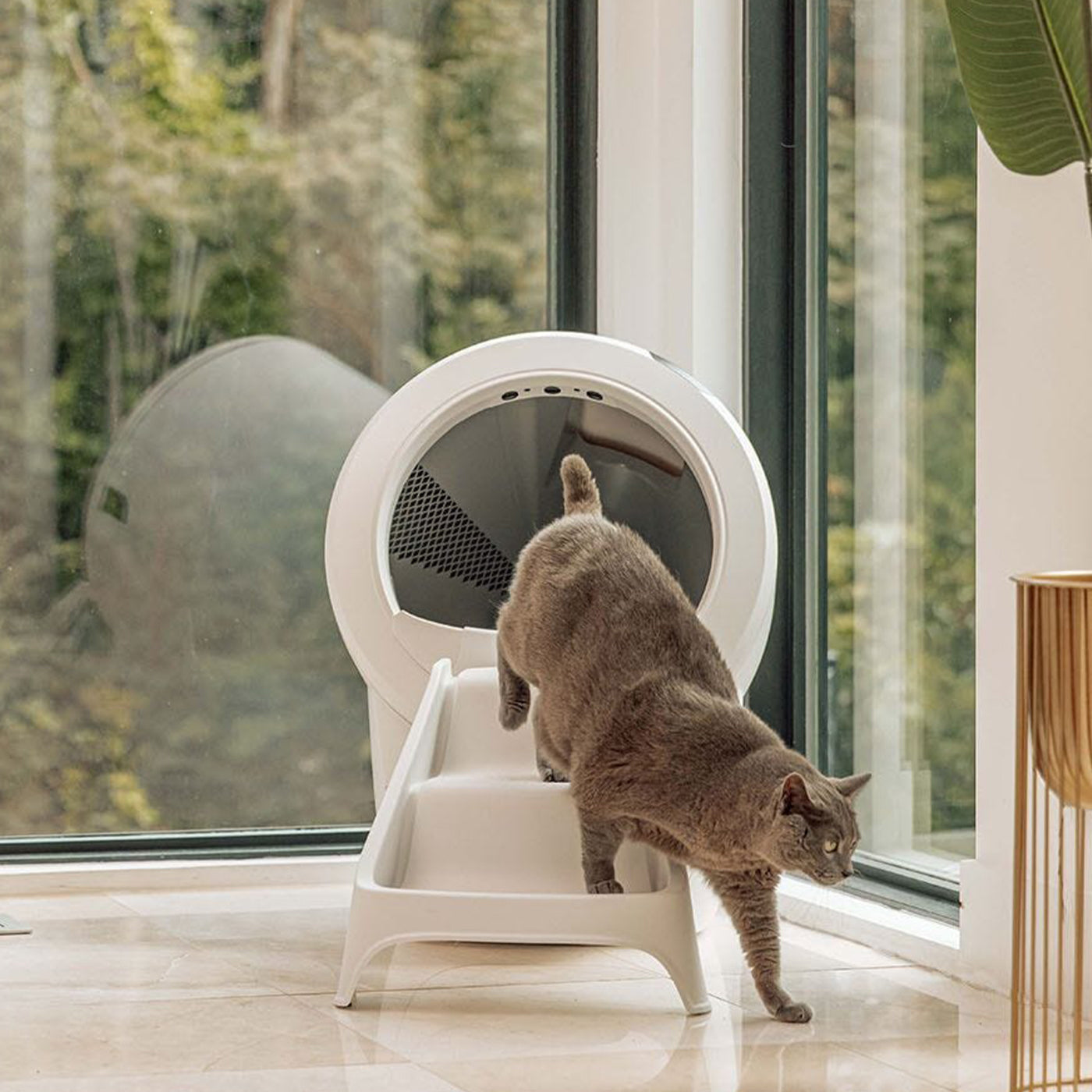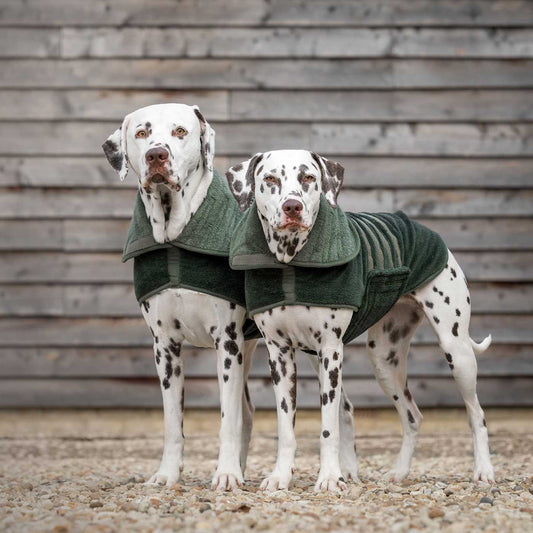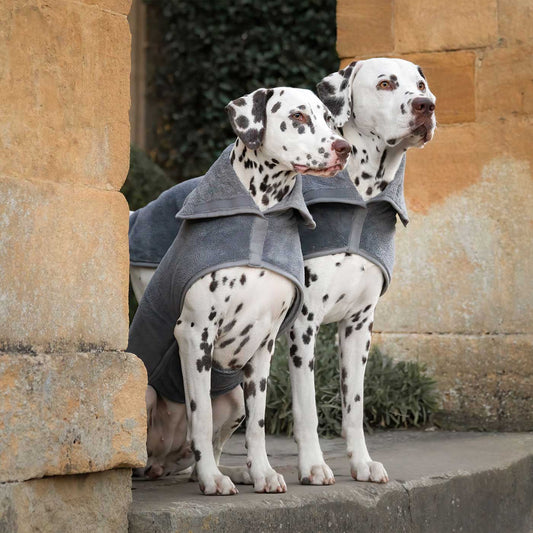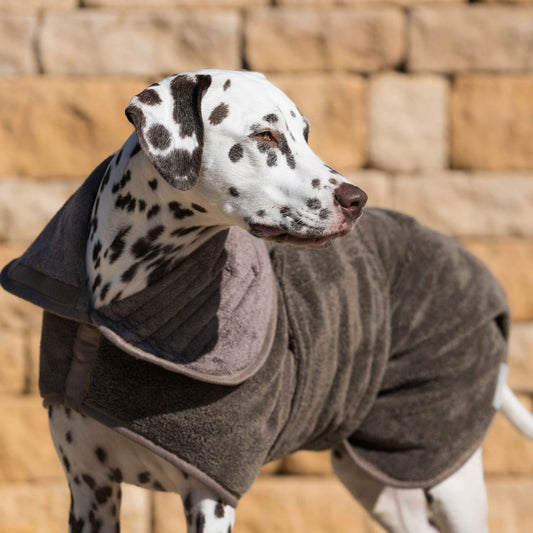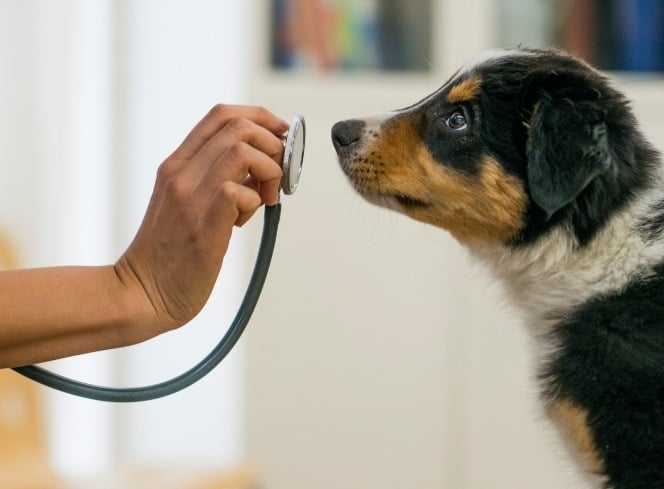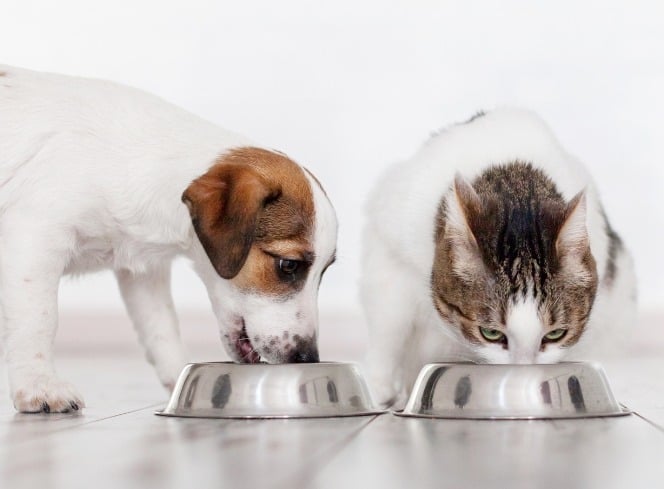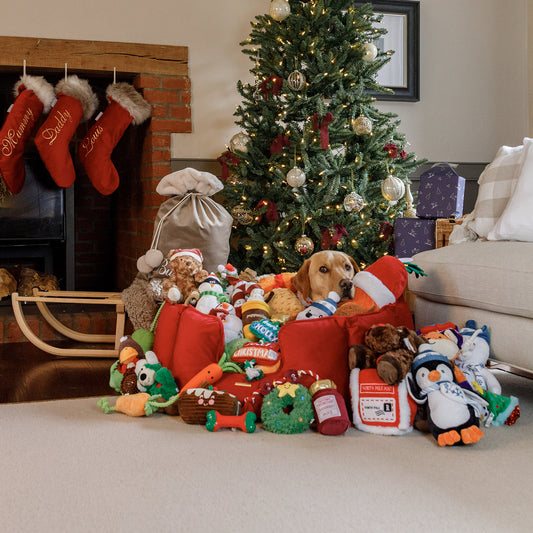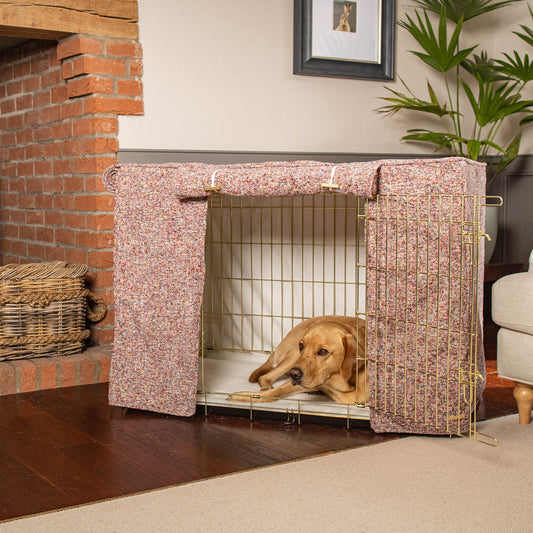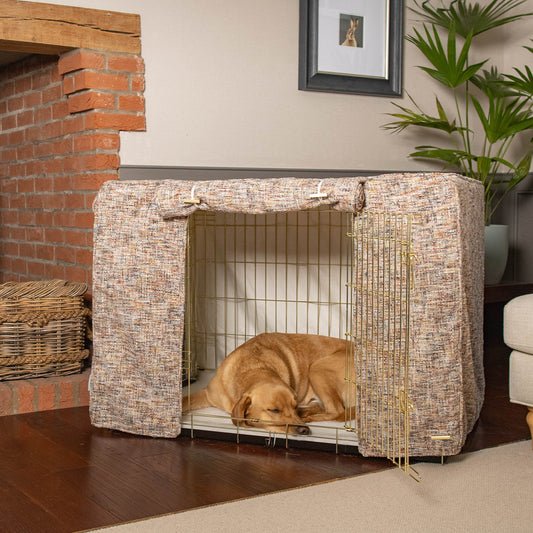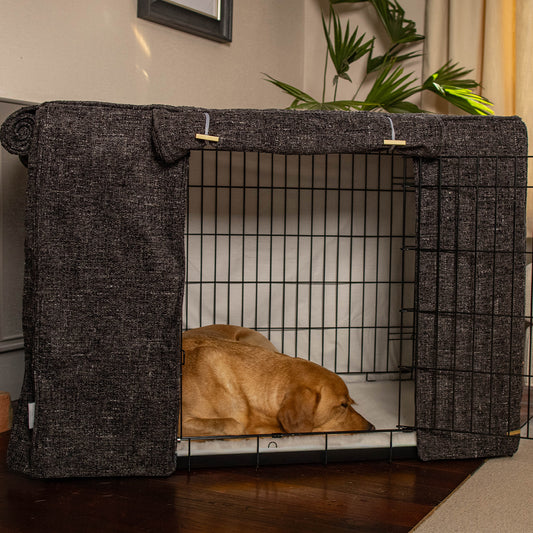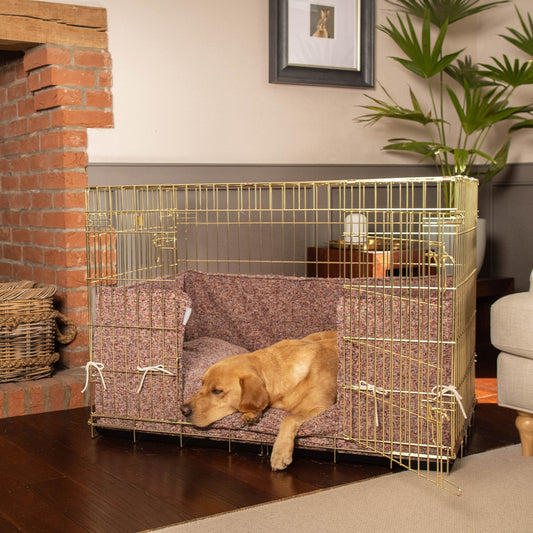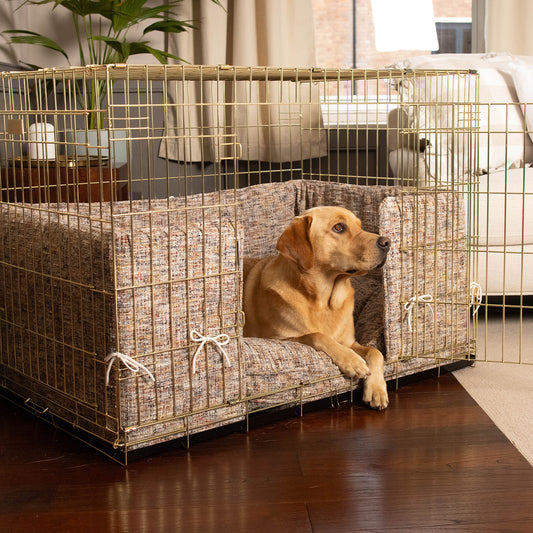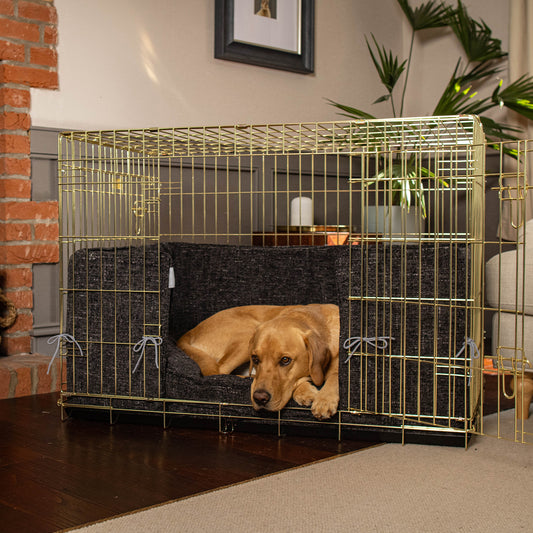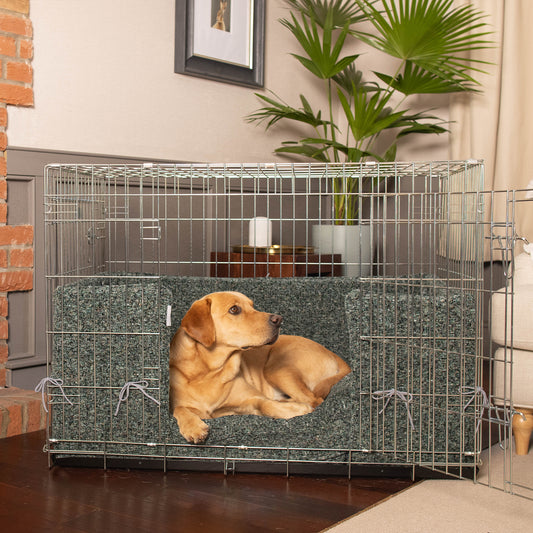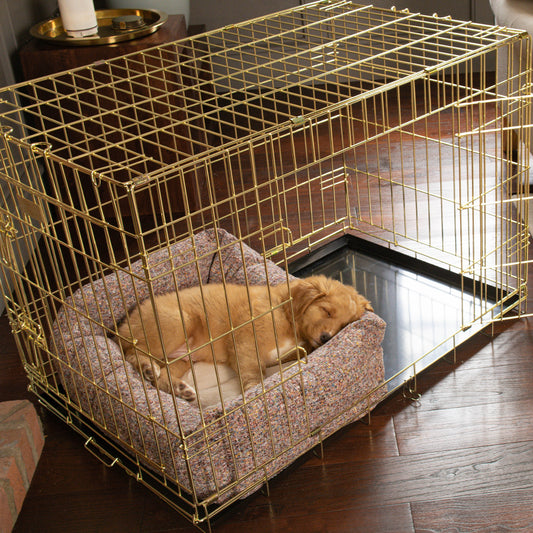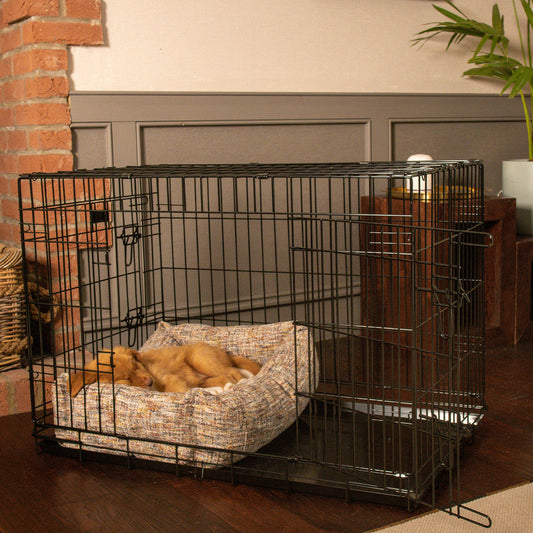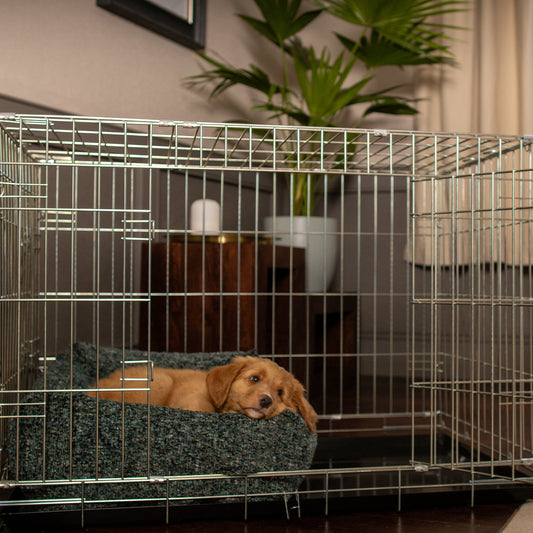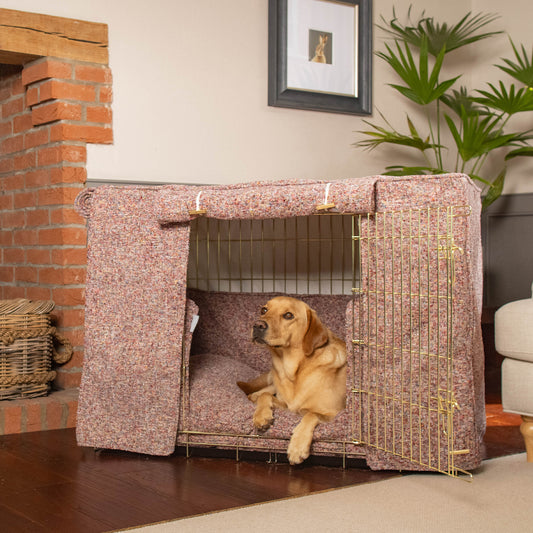Winter’s really starting to set in - the clocks have gone back, resulting in darker nights and we’ve all rushed to get the heating on. But once Jack Frost has made his appearance, you may start wondering whether it’s too cold to walk your dog. You might be all set with a coat, hat, gloves and scarf, however your dog is less protected from the elements than you are. Their fur helps to keep them warm to a degree, and you can always put them in a winter coat or woolly jumper to protect them from the cold even more. But at which temperature do you decide that it’s too cold to walk them?
Should You Walk Your Dog In Winter?
You absolutely should walk your dog in winter. Walking is an excellent source of exercise for your dog, but also a way for them to experience the wonderful smells of the world around them. They get to socialise with other dogs, have some bonding time with their owner and wear themselves out ready for a cosy night by the fire.


However, before you take your dog out, you should take a look at what the weather’s doing before making a decision. If it’s a beautiful, crisp sunny day, for example, with very little breeze, a walk would be welcome. But if it’s looking a bit windy and stormy, you may decide that it’s best not to go. The walk should be enjoyable, and it’s likely that neither of you will enjoy it if it’s like this. You may also want to assess whether it’s safe to take your beloved pet out. Low fog or mist and hail can be dangerous, for example, so in these conditions it may be safer to skip the trip out.
If you do decide to venture out in the rain or snow, be sure to take a route that’s well paved and well lit.
Can Dogs Be Walked In The Cold?
Dogs definitely can be walked in the cold, and you shouldn’t let the dropping temperatures be a reason to stop giving them their daily exercise. A walk is likely one of the highlights of your dog’s day (besides dinner time) so if they’re happy to go out in the cold, you should be happy to take them.
There are some things that you may want to take into consideration before you leave the house, though.
First, you should try to walk during the day - it will be much colder early in the morning and in the evening, so stick to mid-morning or early afternoon, between 10 and 2 is ideal. Plus if salt has been put on the pavements and roads, it’s more likely to have been pushed off the surfaces by other people that have come and gone over the course of the day. Salt can cause irritation of the skin on the paw’s underside and can become painful for your dog.
You should go prepared with a coat for your dog that is sized correctly, making it comfortable for them and easy to walk in. Check out our best winter dog coats blog to see our favourites this winter. As already mentioned, you should stick to well-lit paths or routes that you and your dog know well. If they get anxious about the rain or cold weather, knowing where they are going could help them to feel a bit more at ease.


At what temperature does a dog need a coat?
This will vary from dog to dog, typically smaller dogs, short haired breeds and puppies will get colder easier than their larger & long haired counter parts. There isn't an exact temperature that your dog will need a coat, but we recommend watching your dog's behaviour and judging from that, remember you know them best! If they don't like wearing a coat don't force them, the stress isn't worth it for you or them!
Even with all these things in place, your dog may not be that keen to go out. Always be sure to listen to what your best friend is telling you. If they’re refusing to walk, shivering, standing in a hunched position or whining, then you should take them home.
If your dog doesn't fancy a walk but still has lots of energy to burn, why not try some indoor enrichment activities with them? 15 minutes of sniffing is equivalent to an hour's dog walk, so snuffle mats will be your best friends when your dog doesn't fancy a wintery walk. Alternatively, the Nina Ottosson interactive dog toys are great for keeping your dog's mind busy.
What Temperature Is Too Cold For A Dog To Walk Outside?
Now we’ve discussed certain weather conditions and how to prepare for a chilly walk. But how do you know when it’s time to skip walkies altogether? and what temperature should you not walk your dog? Use our table below to work it out!
Dog Walking Temperature Chart

As you can see, small dogs are more vulnerable in the cold, whereas bigger dogs can withstand lower temperatures. Do keep this in mind when taking your furry friend for a walk, and avoid walking any dog when temperatures drop below -10℃, even if they’re wearing a coat.
For puppies and older dogs, it’s better to exercise a little bit more caution, as they could be more vulnerable to the cold too. If you’re at all unsure, it’s probably best to keep them in.
Can I walk my dog in -4℃?
As you can see from the chart above -4℃ is either potentially unsafe or dangerous depending on what size dog you have. If you have a small or medium sized dog, or a puppy we recommend staying home and using enrichment activities to keep them busy. However, if you have a large dog, walk them with caution or stay home. If you do decide to walk a larger dog, we recommend keeping their walk shorter and properly dry them off once you're home.
How Long Should You Walk Your Dog In Cold Weather?
Generally, it’s best to cut your walks short when it’s really cold outside. The longer your pup is outside, the lower their body temperature will go, so it’s best to give them a few shorter walks instead of giving them one long walk.
For temperatures above -4℃, medium to large dogs can walk for around half an hour, whereas smaller dogs should be limited to around 20 minutes. However, do keep in mind that other factors can make it feel colder outside than it actually is. For instance, a strong wind can take a relatively mild day to a freezing cold one. Walking in the snow can be fun too, when it’s a lovely sunny day, but if you’re walking in wet sleet or through sludgy snow, your dog’s body temperature can drop quite quickly, even when they’re moving. You should stop your dog from eating snow, as this can bring their temperature down too.
You should be able to walk your dog in winter, when it’s perfectly sunny or when it’s a little bit rainy. Just do take into account other weather factors and how long you’re outside for.


Do Dog's Paws Get Cold?
Just like our hands and feet, your dog's paws can get cold too! However, over time their paws have adapted to help them from freezing. Their arteries bring warm blood from their body to their paws and back up their legs, rather than loosing the heat through their skin, this is known as a countercurrent heat exchange. To help keep your dog's paws warm, make sure to dry in between their paw pads after a walk and wash off any salt and grit they may have walked through. You can even use some paw balm after to help stop their paw pads from cracking.
























































